Global high-mix volume high-speed PCBA manufacturer
9:00 -18:00, Mon. - Fri. (GMT+8)
9:00 -12:00, Sat. (GMT+8)
(Except Chinese public holidays)
Global high-mix volume high-speed PCBA manufacturer
9:00 -18:00, Mon. - Fri. (GMT+8)
9:00 -12:00, Sat. (GMT+8)
(Except Chinese public holidays)
HomePage > Blog > Knowledge Base > The Ultimate Guide to Circuit Board Material
Every electronic device we use—phones, computers, even modern refrigerators—relies on one core element: a circuit board. It’s the quiet force behind every function. Without it, nothing would power on, connect, or respond.
But what is that green sheet made of? It’s not just plastic with wires. It’s a layered system built to move signals, handle heat, and hold components in place. Each layer has a job. Each material plays a role.
This guide breaks it all down. You’ll learn what circuit boards are made of and why the materials matter. We’ll look at how they work, what components they hold, and how to choose the right board for your needs.
Read on!
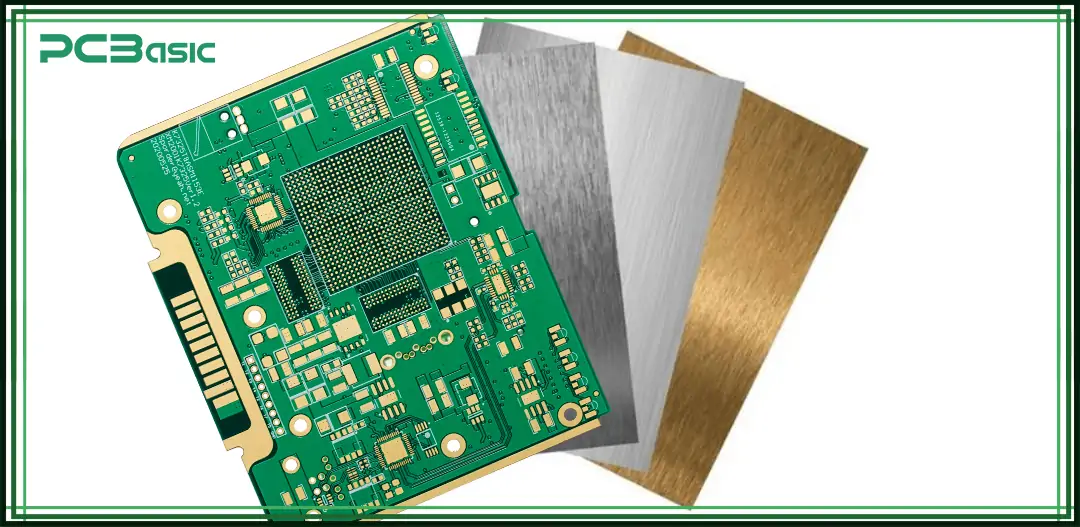
At the core of every electronic device is a printed circuit board, or PCB. But what exactly goes into making one?
Start with the base. This is the backbone of the board, called the PCB substrate material. Most often, it’s made of FR-4, a fiberglass-reinforced epoxy. It’s rigid, strong, and doesn’t catch fire easily—perfect for most electronics.
On top of that base lies a thin sheet of copper. This layer forms the pathways that carry electrical signals. These copper lines—called traces—act like roads, connecting every component on the board.
To keep things safe, a solder mask goes over the copper. That’s the green layer you always see. It prevents short circuits and keeps the copper from being exposed.
Then there’s the silkscreen—the white markings printed on the surface. It shows part labels, numbers, and guides for technicians during assembly or repair.
So, here is a simple answer to what PCBs are made of:
• A strong base (substrate)
• A copper layer for conductivity
• A solder mask for protection
• A silkscreen for identification
The materials may change depending on the design or application. But this is the standard structure for most boards. Knowing how circuit boards are made helps in selecting the right material and understanding performance.
Not all PCBs are created equal. Different tasks require different PCB material types. Below are the most common options:
• Most popular and affordable.
• Strong, moisture-resistant, and flame-retardant.
• Used in consumer electronics.
• Offers high thermal stability.
• Suitable for flexible PCBs.
• Used in aerospace, medical, and automotive devices.
• Contains a metal base to dissipate heat.
• Ideal for LED lights and power-heavy devices.
• High-temperature resistance.
• Excellent for high-frequency applications.
• Fragile and expensive.
• Cheaper alternative to FR-4.
• CEM-1 and CEM-3 are used in low-end electronics.
• Decent strength but lower thermal performance.
• Used in microwave and radio frequency circuits.
• Excellent electrical properties.
• Costly and harder to manufacture.
Each printed circuit board material has pros and cons. Your choice depends on performance needs, budget, and environment.
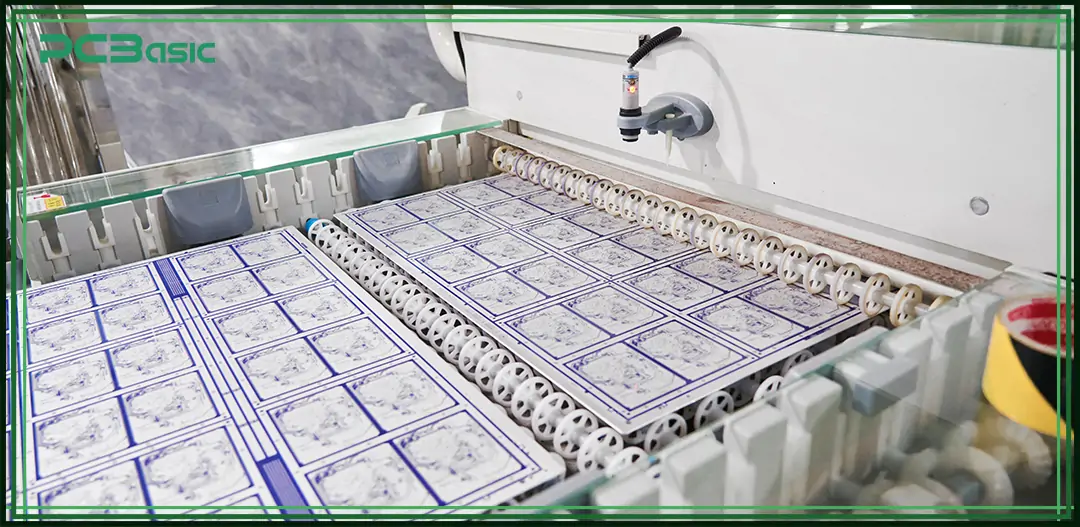
Picking the right circuit board material isn’t just a technical choice—it shapes how well your product performs, how long it lasts, and how much you end up spending on repairs or replacements down the line. It’s a decision that affects both the inside and outside of your device. Here’s what really matters when you’re choosing:
If your board is going to deal with serious heat, like in power electronics, automotive systems, or industrial machines, you'll want materials that can handle it without warping or breaking down. FR-4 might be fine for a basic application, but high-heat environments require tougher options like ceramic or polyimide. These materials stay stable where cheaper ones fail.
Fast-moving signals need a clean path. If you're building something with high-frequency or high-speed data transfer—say, RF modules or advanced computing devices—the wrong material can distort signals or cause loss. That’s where something like PTFE (Teflon) shines. It offers low dielectric loss and keeps your signals sharp and intact.
Not every board needs to stay stiff. In fact, for wearables, foldable phones, or anything built into moving parts, flexibility isn’t optional—it’s essential. Standard FR-4 doesn’t bend well, but polyimide-based materials do. They’re built to move, stretch, and twist without cracking, which makes them perfect for compact, dynamic designs.
Some environments are just rough. Moisture, dust, vibration, or chemicals can all ruin a board that isn’t built for the challenge. If your PCB is going into an outdoor device, medical tool, or industrial system, you’ll need materials and coatings that can hold up. That means choosing laminates and finishes designed to resist corrosion, water absorption, and mechanical stress.
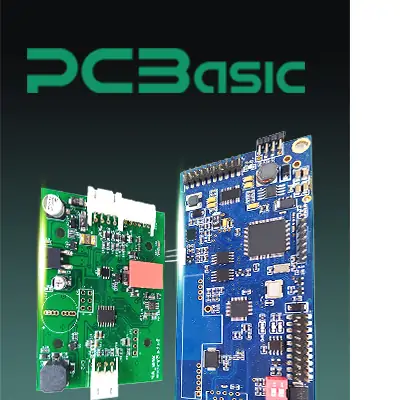 About PCBasic
About PCBasic
Time is money in your projects – and PCBasic gets it. PCBasic is a PCB assembly company that delivers fast, flawless results every time. Our comprehensive PCB assembly services include expert engineering support at every step, ensuring top quality in every board. As a leading PCB assembly manufacturer, we provide a one-stop solution that streamlines your supply chain. Partner with our advanced PCB prototype factory for quick turnarounds and superior results you can trust.
A circuit board acts like a city grid. Each component has its place. The copper traces are like roads that connect everything.
When power enters the board, electricity flows through these paths. It reaches various circuit board components, triggering actions.
Let’s break this down:
• A battery or power source sends voltage to the PCB.
• The copper traces guide this voltage.
• As it moves, it interacts with components like resistors, capacitors, or ICs.
• These parts perform their functions—controlling, amplifying, or processing signals.
In multilayer PCBs, internal copper layers separate power, ground, and signal paths. This reduces interference and improves signal quality. Without these paths and materials, your devices wouldn't respond, charge, or even power on.
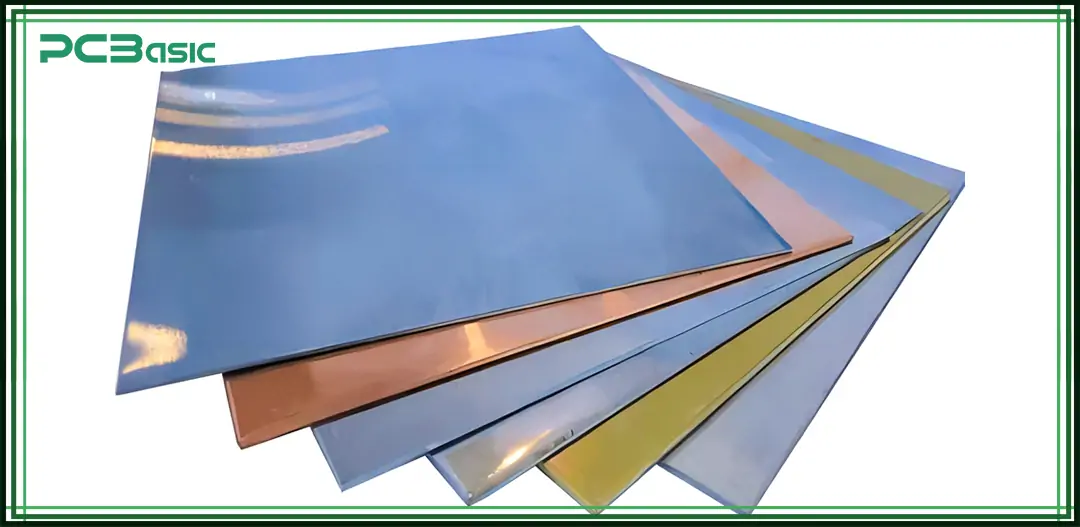
What makes a PCB functional? It’s the components mounted on top. Here are the most common:
• Control the flow of current.
• Prevent damage to other parts.
• Store and release energy.
• Smooth out voltage fluctuations.
• Store energy as a magnetic field.
• Used in filters and transformers.
• Allow current to flow in only one direction.
• Protect the board from voltage spikes.
• Act as switches or amplifiers.
• Vital for signal control.
• Tiny chips that contain thousands or even millions of transistors and logic gates.
• Handle processing, memory, and logic.
• Interface with other boards or devices.
• Ensure smooth communication between components.
• Control signals manually (switches) or automatically (relays).
Each part plays a vital role. Remove one, and the system may fail. Understanding these helps you troubleshoot problems or design your own board.
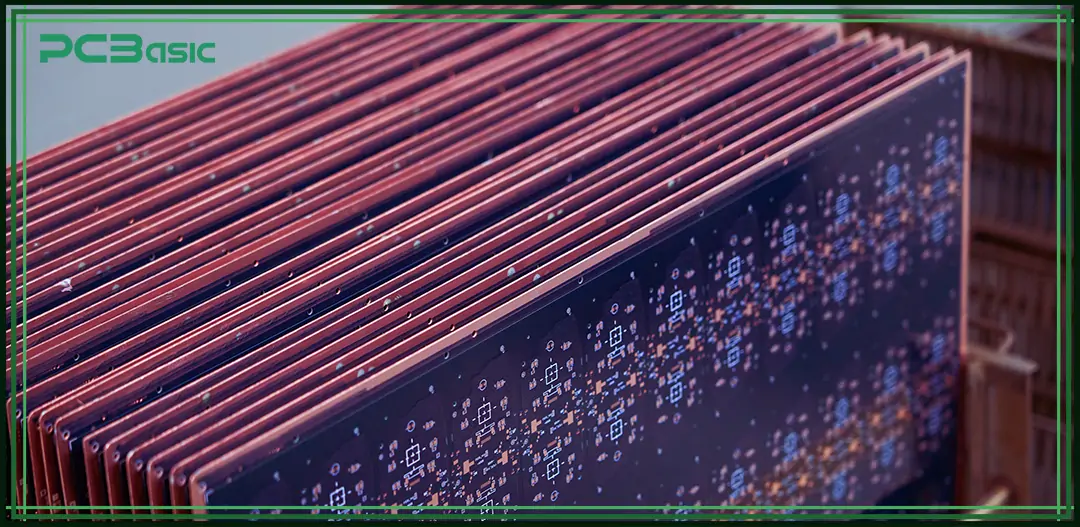
Now that you know how PCBs work and what they’re made of, let’s touch on care and lifespan.
• Keep PCBs in anti-static bags.
• Avoid moisture and extreme heat.
• Use isopropyl alcohol for gentle cleaning.
• Avoid harsh chemicals.
• Look for signs of burnt traces or broken parts.
• A magnifying glass or thermal camera can help.
• Good PCBs can last over 10 years.
• Heat, overcurrent, or poor material can shorten this.
Prevention is cheaper than repair, especially in high-end applications.
Circuit boards are much more than green rectangles with metal bits. They’re carefully engineered platforms. Each layer, trace, and material has a purpose. From the sturdy FR-4 base to the precise copper routing, every part matters.
Whether you’re building a simple toy or designing medical equipment, understanding circuit board material is crucial. It influences durability, cost, and function. By learning what circuit boards are made of, how they work, and what components they hold, you gain a deeper appreciation for electronics.
Next time you hold your phone or start your car, remember—behind it all is a well-designed, well-chosen circuit board, doing its silent job.

Assembly Enquiry
Instant Quote
Phone contact

+86-755-27218592
In addition, we've prepared a Help Center. We recommend checking it before reaching out, as your question and its answer may already be clearly explained there.
Wechat Support

In addition, we've prepared a Help Center. We recommend checking it before reaching out, as your question and its answer may already be clearly explained there.
WhatsApp Support

In addition, we've prepared a Help Center. We recommend checking it before reaching out, as your question and its answer may already be clearly explained there.
